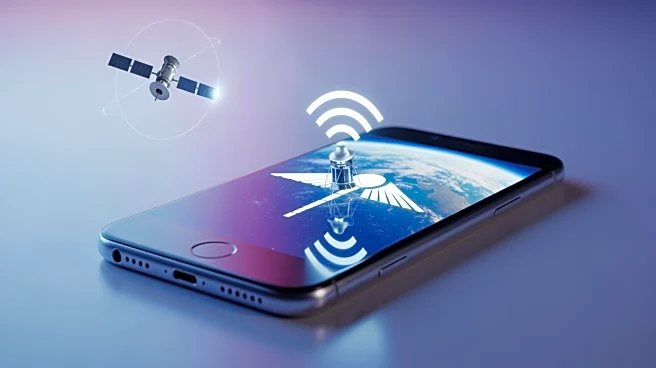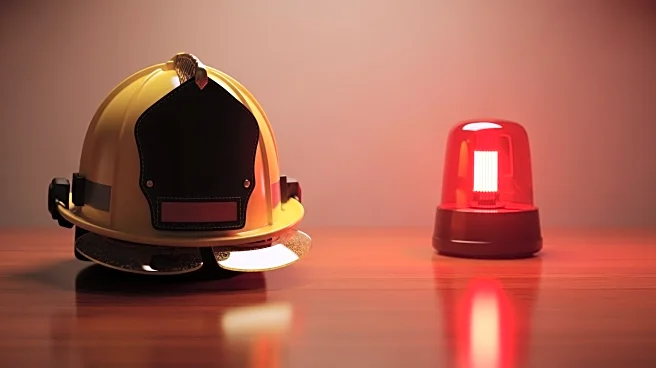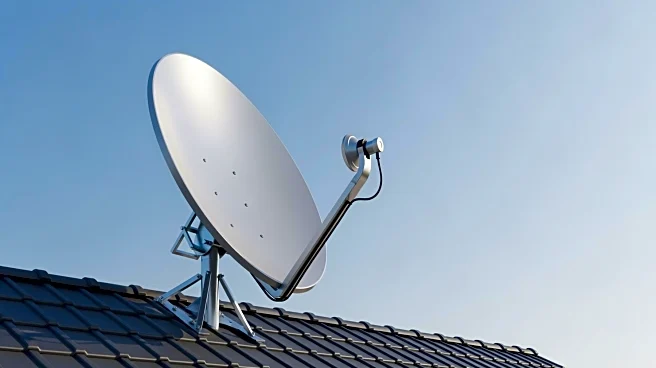What's Happening?
T-Mobile has announced a new feature for its T-Satellite service, offering free emergency 911 satellite texting to users, regardless of their mobile carrier. This service utilizes Starlink's satellite network to enable communication with emergency services
even when cellular service is unavailable. The T-Satellite service, initially launched in July, allows users to send texts and receive emergency assistance outside of cellular and Wi-Fi coverage. It has now expanded to support data within apps, including phone and video calls. The service is available to T-Mobile's Experience Beyond and Go5G Next plan subscribers, and can be added to other plans for $10 a month. Notably, AT&T and Verizon customers can also access this service for the same monthly fee. The Text to 911 feature is set up as a secondary eSIM on compatible phones, providing a backup option for emergency communication.
Why It's Important?
This development is significant as it enhances emergency communication capabilities for mobile users, particularly in remote areas where cellular coverage is limited. By leveraging satellite technology, T-Mobile is providing a critical service that can potentially save lives during emergencies. The availability of this service to users of other carriers like AT&T and Verizon underscores its importance and broadens its impact. This move could influence other telecom companies to adopt similar technologies, thereby improving overall emergency response systems. The initiative also highlights the growing role of satellite networks in expanding connectivity and ensuring public safety.
What's Next?
As T-Mobile continues to roll out this service, it is likely to see increased adoption among users seeking reliable emergency communication options. The company may also explore further enhancements to the T-Satellite service, potentially integrating more features or expanding compatibility with additional devices. Other telecom providers might respond by developing or enhancing their own satellite-based services to remain competitive. Regulatory bodies could also take interest in this development, possibly leading to new guidelines or standards for emergency communication technologies.













